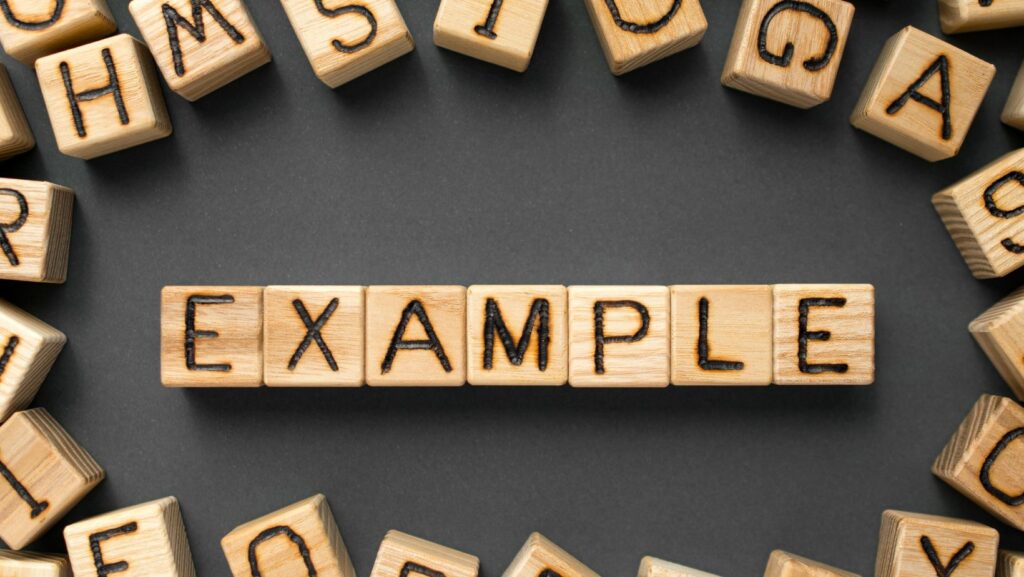In today’s competitive market, package design plays a pivotal role in attracting consumers and conveying a brand’s message. It’s not just about aesthetics; effective packaging can influence purchasing decisions and enhance the overall customer experience. From minimalist designs to eco-friendly solutions, the possibilities are endless.
This article explores some standout package design examples that have successfully captured attention and set trends. Whether you’re a budding designer or a business owner looking to revamp your product’s look, these examples will provide valuable insights and inspiration. Dive in to discover how innovative packaging can make a lasting impact.
Package Design Examples

Package design significantly influences consumer purchasing behavior. Bright colors, unique shapes, and innovative materials attract customers and differentiate products on crowded shelves. Effective packaging builds brand recognition, reinforcing identity through logos, fonts, and colors that resonate with the target audience.
Functional aspects of packaging also play a vital role. Packages designed for ease of use, protection during transit, and sustainability not only satisfy consumer needs but also convey a brand’s commitment to quality and environmental responsibility. User-friendly features, such as resealable closures and ergonomic shapes, enhance the overall customer experience.
Companies can leverage package design to tell their brand’s story. Elements like imagery, text, and packaging materials can communicate a product’s purpose, benefits, and values at a glance, creating an emotional connection with the buyer. For instance, eco-friendly packaging might use earthy tones and minimalist design to emphasize sustainability.
Iconic Package Design Examples

Some package designs have achieved iconic status, making them instantly recognizable and deeply impactful. Here are a few standout examples.
The Coca-Cola bottle’s contour shape is one of the most recognized forms worldwide. Introduced in 1915, its unique design, created to distinguish it from competitors, has endured for over a century. The distinct curves and embossed logo make it identifiable by touch even when in the dark, aligning with the brand’s identity and heritage.
Apple iPhone Box
Apple’s iPhone box exemplifies minimalist design. The sleek, clean lines and high-quality materials communicate luxury and sophistication. Each element, from the snug fit of the lid to the precisely arranged components inside, reflects Apple’s commitment to detail. This packaging not only protects the product but also enhances the unboxing experience, contributing to the brand’s premium image.
Tiffany & Co. Blue Box
Tiffany & Co.’s Blue Box is synonymous with elegance and timelessness. Introduced in the 19th century, the distinctive robin’s-egg blue color has become an iconic symbol of luxury and exclusivity. The simple white ribbon adds to the allure, making the packaging as desirable as the jewelry inside. This box conveys a sense of occasion and prestige, strengthening Tiffany’s brand identity.
Innovative And Creative Package Designs
Innovative and creative package designs can capture consumer interest and boost brand visibility. Recent trends showcase numerous examples illustrating the power of thoughtful design.

Eco-friendly packaging addresses environmental concerns while appealing to conscious consumers. For instance, the use of biodegradable materials like cornstarch and mushroom mycelium offers sustainable alternatives to traditional plastics. Certain brands, like Lush Cosmetics, eliminate waste entirely by using “naked” packaging for products like solid shampoos. Recycled cardboard and paper are now common in eco-friendly packaging, often featuring minimalist designs that communicate a brand’s commitment to sustainability. Brands like Pangea Organics use plantable packaging embedded with seeds, encouraging consumers to plant the packaging after use. These designs reflect a brand’s environmental values and resonate with eco-minded buyers.
Transformative Packaging
Transformative packaging enhances user experience by changing functions or forms. For example, Puma’s “Clever Little Bag” shifts from a traditional shoebox to a reusable bag, reducing cardboard use by 65%. MillerCoors’ “Stacking Bottle” offers a twistable top, allowing bottles to stack securely for easier storage. Nestlé’s KitKat utilizes a packaging design that transforms into a phone stand, adding a layer of functionality. Nutella’s limited-edition jars feature peel-off labels that turn into collectible stickers, engaging consumers further. Transformative packaging adds value beyond the initial product offering, creating memorable interactions and encouraging repeat purchases.

